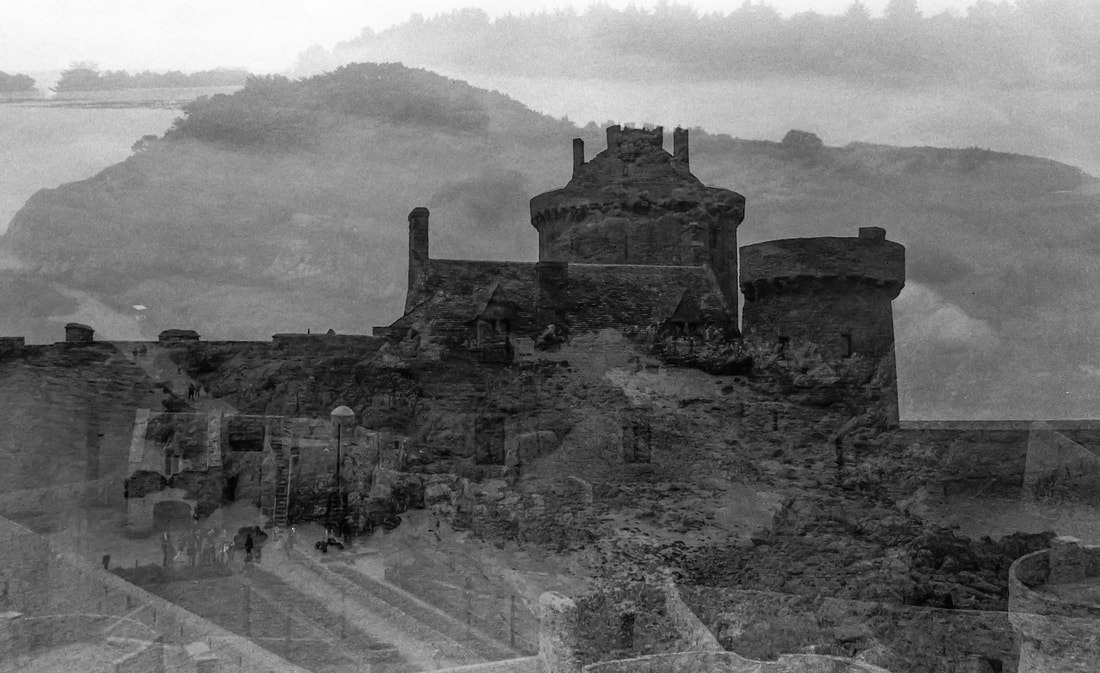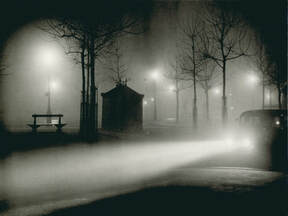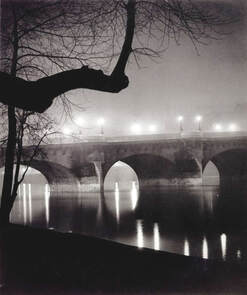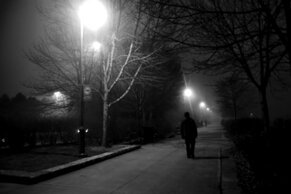Methods and Meaning - ForumTask: Post an image to the forum that you think is an example of a good use of a photographic ‘faux pas’ or what we might traditionally think of as a ‘mistake’. This might be a ‘happy accident’ or it could be when someone has deliberately subverted, or broken, the technical rules of photography. It could be one of your own images or a picture taken by someone else. My response: This photo was taken on a 1954 Voigtlander Vitessa (http://camera-wiki.org/wiki/Vitessa). It has an unusual film winder mechanism in the form of a large plunger rod. For some reason on my camera the film does not always wind on, resulting in the occasional double exposure. I do like the randomness of not knowing when this will occur and the resulting ‘happy accident’. This particular shot was taken at Fort la Latte in Brittany where I was on a high vantage point on the fort and so took a photograph of part of the fort and another of the surrounding scenery. The combined double exposure has blended these 2 shots giving a surrealist feeling to the resulting outcome and also created a layering effect to the background, giving a further sense of depth to the image. These were the responses from other students: I like the multiple horizon lines almost looking like hills in the background behind the castle. Works in B&W but I don't think it would work in colour. Oh yes... a double exposure is a great example of a happy accident.. I had to think quite hard to get my head around what a 'happy accident' or faux pas would even look like. Thank you for opening my mind!! This really is a happy accident. I've had often had similar issues with my analog cameras and the accidental exposures have a special place in my heart. The unexpected and unintentional beauty is often the powerful. METHODS and MEANING: Activity and WebinarTask: Write a short entry (c.150 words) to the forum below explaining, in your own words, how their methodologies contribute to how you interpret the work. Please insert an image or a hyperlink to examples of the work with your entry. My response: Brassai’s was inspired by the work of Eugene Atget, although whereas Atget’s is best known for capturing the disappearing architecture of ‘Old Paris’, Brassai was more intent on capturing the Parisian nightlife, especially the ‘shadier’ side of nightclubs, bars and brothels. Brassai’s methodology derived from his training as a painter and sculptor. Brassai framed his shots so that small areas of light pierced large areas of blacks and shadows. Light reflected in wet streets and diffused by fog, would define shapes within the dark. This contrast gave his printed images richness and depth. In order to light the darker areas of Paris at nighttime, Brassai was equipped with a Voigtlander 6.5x9cm camera, a slow lens and a wooden tripod. He used harsh, direct lighting with long exposures, which were often given an excessive contrast from streetlights or car headlamps. This resulted in a cinematic quality to his images with a film noir feel to them that I find distinctive about his work. METHODS and MEANING: ReflectionReflect:
Consider also the points raised in the presentation:
0 Comments
Leave a Reply. |




 RSS Feed
RSS Feed